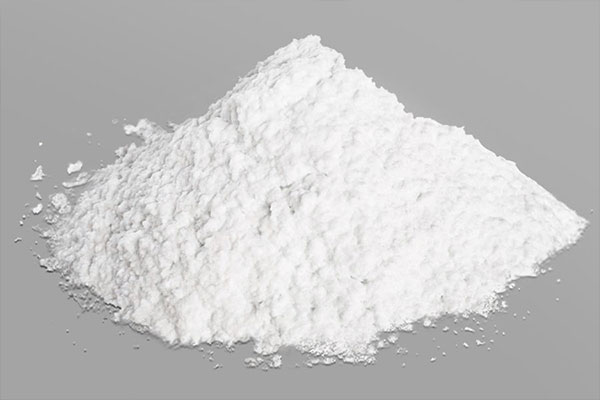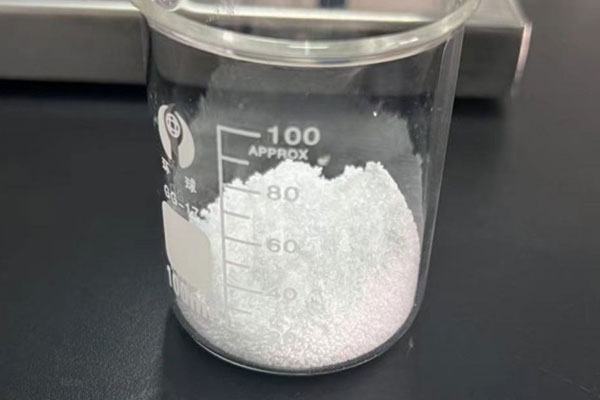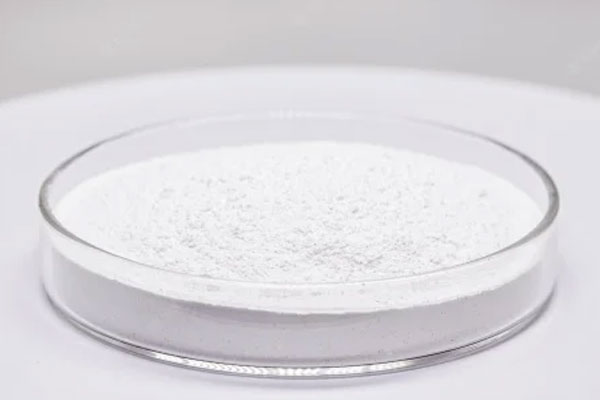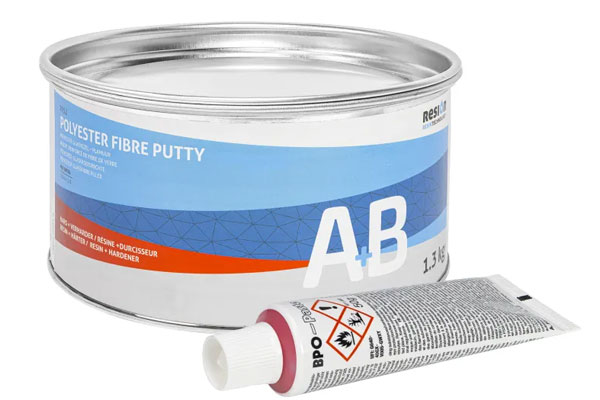Glass Fiber Powder is a finely milled form of E-glass fibers, engineered to enhance the mechanical and thermal properties of various composite materials. Its unique characteristics make it a valuable additive in industries such as automotive, construction, aerospace, and electronics.
การแนะนำประสิทธิภาพของผลิตภัณฑ์
Glass Fiber Powder is a finely milled form of E-glass fibers, engineered to enhance the mechanical and thermal properties of various composite materials. Its unique characteristics make it a valuable additive in industries such as automotive, construction, aerospace, and electronics.
1. Product Overview
Chemical Identity:
-
Chemical Name: Glass Fiber Powder
-
องค์ประกอบ: Primarily E-glass (Alumino-borosilicate glass)
-
CAS Number: 65997-17-3
Physical Appearance:
-
White or off-white powder with varying fiber lengths and diameters, depending on the specific grade.
2. Technical Data Sheet (TDS)
2.1. General Properties:
| คุณสมบัติ | Typical Value |
|---|---|
| Appearance | White or off-white powder |
| Fiber Diameter | 9–14 μm |
| Specific Gravity | 2.60 g/cm³ |
| Softening Temperature | 840°C |
| Moisture Content | <0.3% |
| การรักษาพื้นผิว | ไซเลน |
| Loss on Ignition (LOI) | 0.3–1.5% |
| ความต้านแรงดึง | 70–120 cN/tex |
| Modulus | 2800–3400 cN/tex |
2.2. Available Grades:
| Grade | Average Fiber Length (μm) | Bulk Density (kg/L) | Appearance | Flowability |
|---|---|---|---|---|
| EMG-50 | ≈50 | 0.65–0.75 | Powdery | ดี |
| EMG-100 | ≈100 | 0.50–0.65 | Powdery | ดี |
| EMG-200 | ≈200 | 0.30–0.40 | Slightly Flocculent | Average |
| EMG-400 | ≈300 | 0.25–0.28 | Flocculent | ยากจน |
Note: Specific products can be customized according to customer requirements.
3. Key Properties
3.1. Mechanical Strength:
-
High tensile strength and modulus contribute to improved mechanical properties in composite materials.
3.2. Thermal Stability:
-
Softening temperature of 840°C allows for use in high-temperature applications.
3.3. Chemical Resistance:
-
Excellent resistance to most acids and alkalis, making it suitable for use in chemically aggressive environments.
3.4. Electrical Insulation:
-
High volume resistivity (10¹¹–10¹⁸ Ω·cm) provides excellent electrical insulation properties.
3.5. Dimensional Stability:
-
Low coefficient of thermal expansion (~5×10⁻⁶/°C) ensures dimensional stability under temperature fluctuations.
4. Applications
4.1. Automotive Industry:
-
Used in manufacturing lightweight, high-strength parts such as body panels, bumpers, and under-the-hood components.
-
Enhances the mechanical properties of automotive putties and coatings.
4.2. Construction Industry:
-
Reinforces concrete, mortar, and other building materials to improve crack resistance and structural integrity.
-
Used in wall putties and coatings for enhanced durability and moisture resistance.
4.3. Aerospace Industry:
-
Incorporated into composite materials for aircraft components to reduce weight while maintaining strength.
4.4. Electronics Industry:
-
Enhances the mechanical and thermal properties of printed circuit boards (PCBs) and other electronic components.
4.5. Coatings and Paints:
-
Improves the mechanical properties and durability of various coatings and paints.
5. Safety and Handling
-
Personal Protective Equipment (PPE): Use appropriate PPE, including gloves, safety goggles, and dust masks, to prevent skin and eye contact and inhalation of dust.
-
พื้นที่จัดเก็บ: Store in a cool, dry, and well-ventilated area. Keep containers tightly closed to prevent moisture absorption.
-
Handling: Avoid generating dust. Use local exhaust ventilation to minimize airborne concentrations.
6. Packaging and Storage
-
บรรจุภัณฑ์: Typically available in 20 kg or 25 kg bags, with inner polyethylene liners and outer fiber drums or cartons.
-
สภาพการเก็บรักษา: Store at temperatures between 15°C and 35°C, with relative humidity between 35% and 85%.
-
Shelf Life: Under recommended storage conditions, the product maintains its properties for up to 12 months.
7. Conclusion
Glass Fiber Powder is a versatile and high-performance material that enhances the mechanical, thermal, and chemical properties of various composites. Its wide range of applications across multiple industries underscores its importance as a reinforcing agent. Proper handling and storage ensure the material's longevity and performance in end-use applications.
Glass Fiber Powder
ชุด :
Fiberglass Accessories >แอปพลิเคชัน
Automotive Industry,Construction Industry,Aerospace Industry,Electronics Industry,Coatings and Paints
ชื่อแบรนด์ :
ทีเอฟคอมโพสิต
ชื่อผลิตภัณฑ์ :
Glass Fiber Powder
คำถามที่พบบ่อย
ถาม :
What is glass fiber powder?
ตอบ :
Glass fiber powder is a finely ground product made by crushing or milling E-glass fibers or C-glass fibers into a powder form. It retains the physical and chemical properties of glass fibers and is widely used as a reinforcing filler in various resin and polymer systems.
ถาม :
What is the typical particle size of glass fiber powder?
ตอบ :
Glass fiber powder typically has a D50 (median particle size) ranging from 10 μm to 100 μm, depending on the manufacturing process and application requirements. Custom specifications can be produced for niche applications.
ถาม :
Is glass fiber powder hydrophobic or hydrophilic?
ตอบ :
Raw glass fiber powder is typically hydrophilic, but surface-treated (e.g., with silane coupling agents) variants are available to improve compatibility with hydrophobic resins like polypropylene (PP) and polyethylene (PE).
ถาม :
Is glass fiber powder compatible with all resins?
ตอบ :
While it is inherently compatible with many thermoset resins (like polyester and epoxy), for thermoplastics, the surface may need to be treated (e.g., silanized) to enhance resin wet-out and bonding.
สินค้าอื่นๆที่เกี่ยวข้อง





